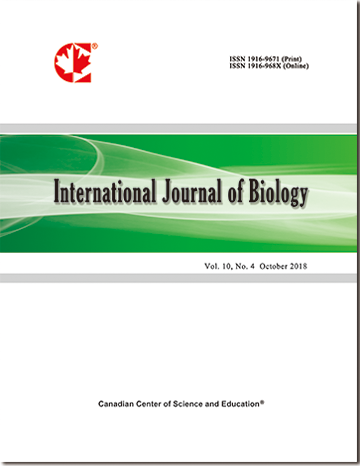Reproductive Patterns of Terrestrial Isopods (Crustacea, Isopoda, Oniscidea) from Uruguay
Abstract
Armadillidium vulgare (Latreille, 1884) and Armadillidium nasatum (Schultz, 1961) are among the most common species of terrestrial isopods in Uruguay. The reproductive pattern of these species was studied, for first time, on a natural population at Department of San Jose (Uruguay) from June 2010 to July 2011. A total of 9136 individuals were sampled, of these 7010 were A. vulgare and 2126 were A.nasatum. Adults of A. vulgare were present throughout the year and juveniles appeared from February to November. Juveniles and adults of A. nasatumappeared from January to October, and practically disappeared from November to December. For both species ovigerous females were collected from spring to summer (October to March), this would indicate a seasonal reproduction followed by a sexual rest. In A. vulgare reproductive females cephalothorax width that varied between 1.7 to 3 mm, average fecundity was equal to 39 ± 5 eggs and average fertility was equal to 27 ± 4. In A. nasatum cephalothorax width of reproductive females oscillated between 1.5 to 2.9 mm and the average fecundity was 44 ± 5 eggs. For both species, fecundity and fertility were positively correlated with the size of the females. The incubation period ( = 13 days) and the mancas born ( = 21) were similar for both species.
 PDF
PDF
